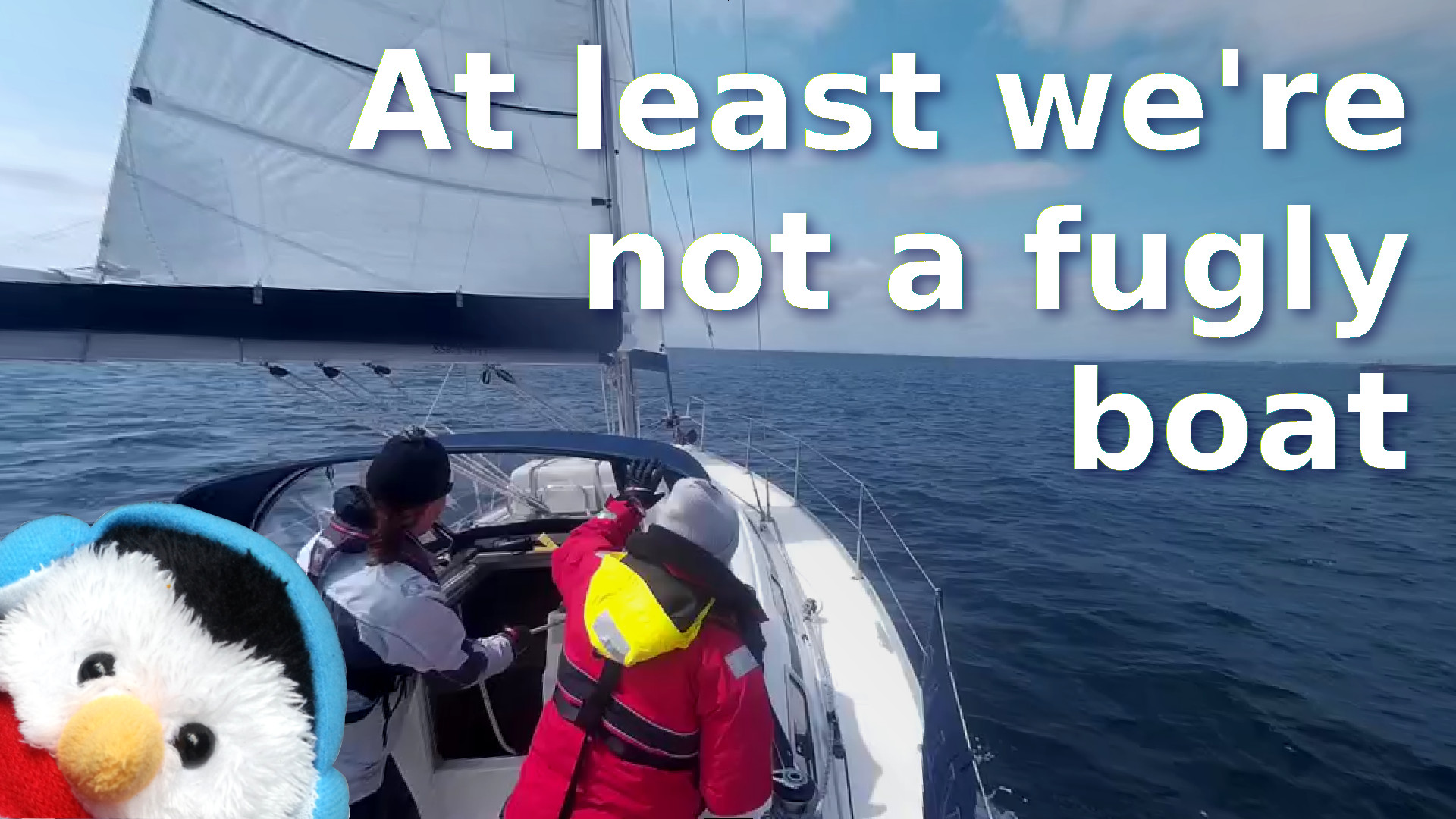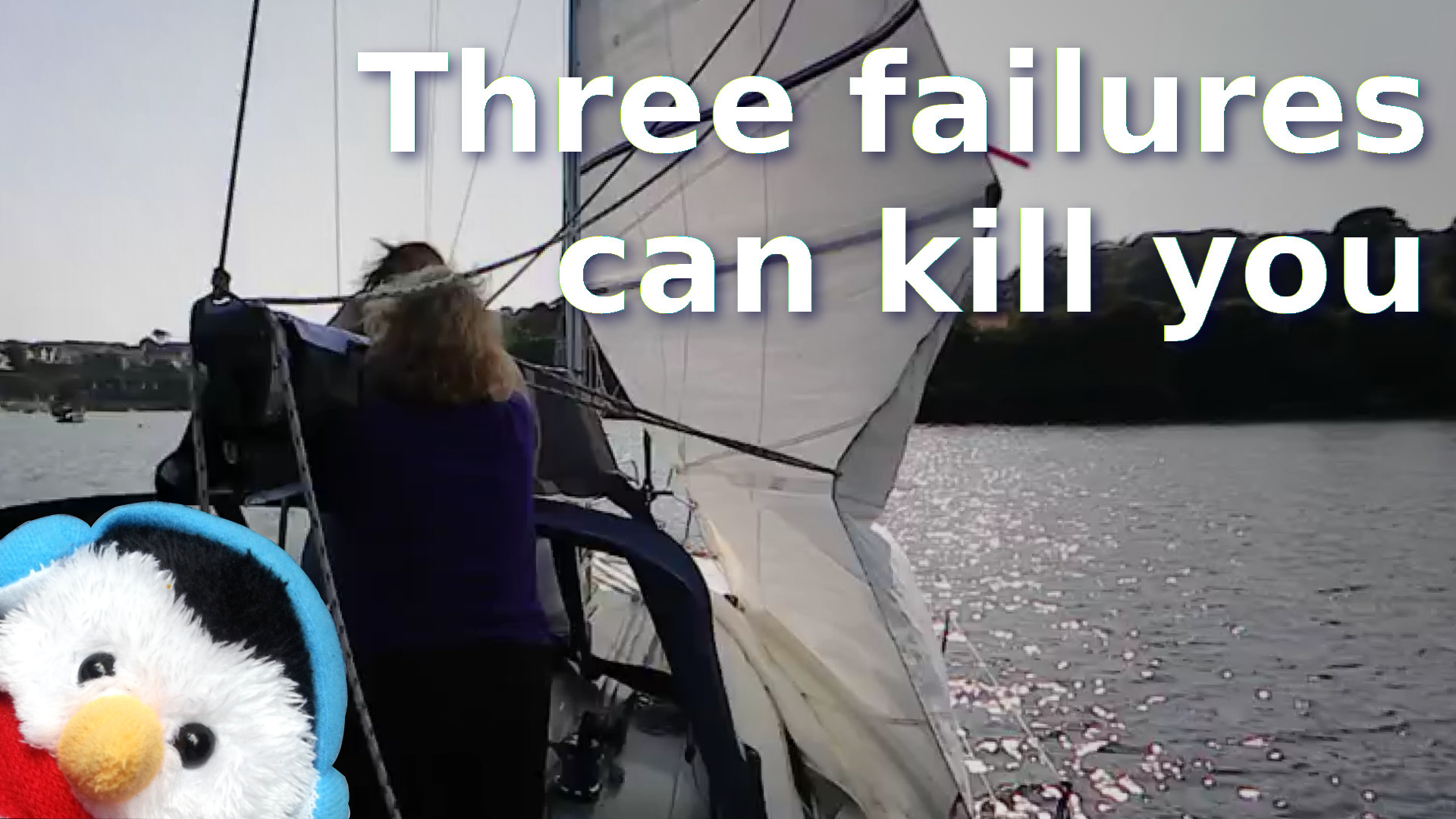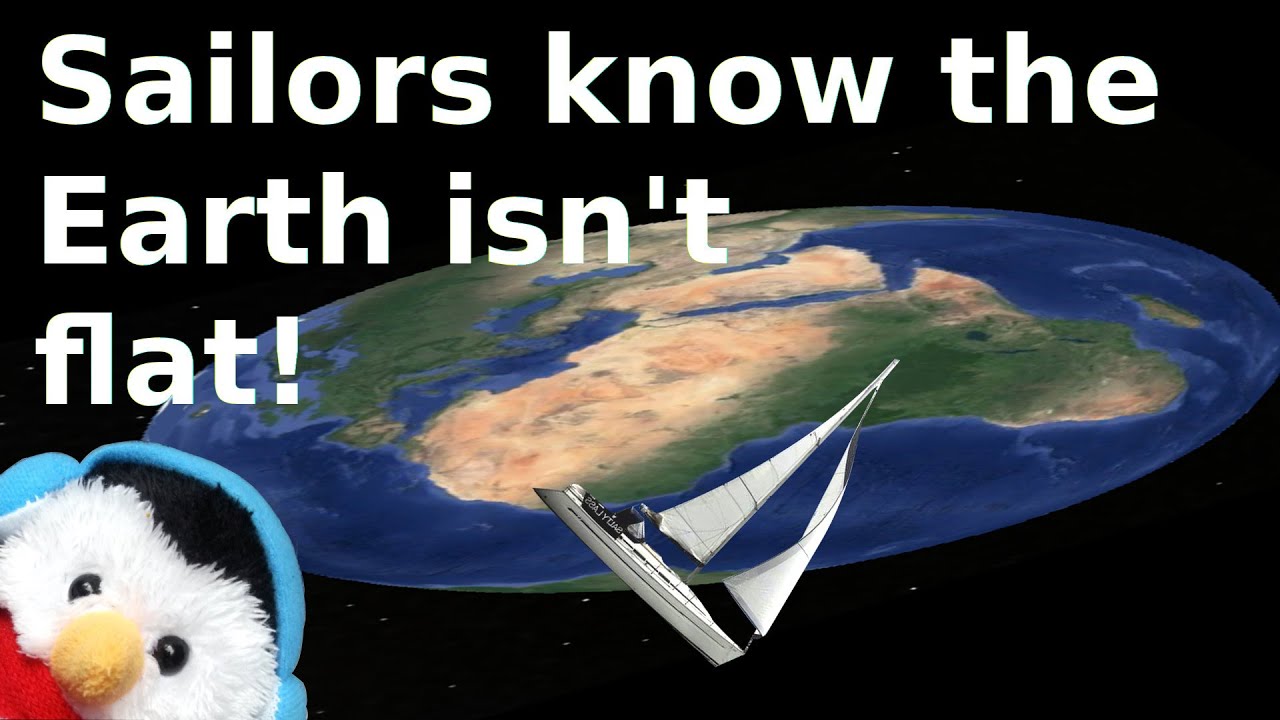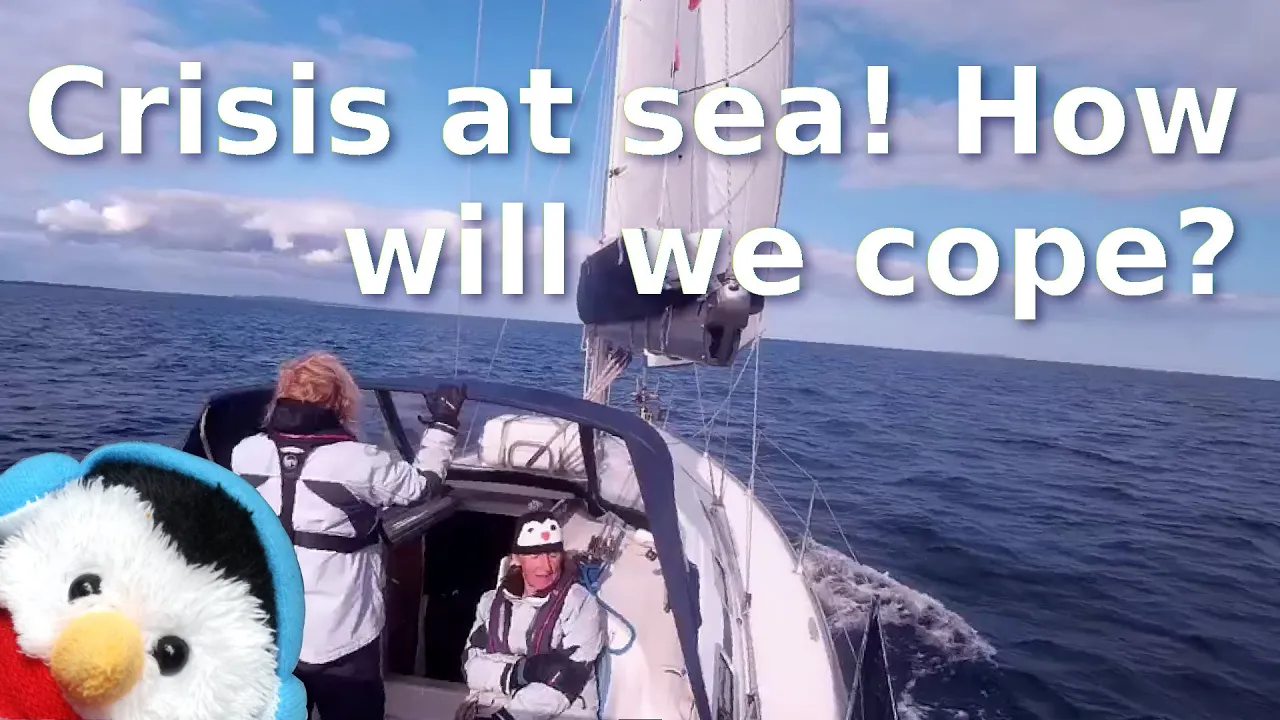After spending the night in Howth, we were ready once again to set sail, and this time the wind was in the right direction so that we could anchor in the Skerries. Looking at the passage we decided that we would like to go between two islands that had a spit running between them that had a charted depth of 0.3m. This meant that we needed to use the rule of twelfths to determine, when it would be safe to go between the two islands.
The Rule of Twelfths
This is a way of roughly calculating the depth of tide at any one time. It can only be used when the tidal curve is nice and smooth and the time between high tide and low tide is about 6 hours. What you need to know is the tidal height between high water and low water. Once you know that you divide the tidal difference by 12. We usually change the difference slightly so that it can be easily divided by 12. In the case of the Skerries the the tidal height was 3.7metres so we rounded it down to 3.6metres so that one twelfth was exactly 0.3metres. With low water that day being at 0.4m, this makes the calculations as follows:-
| Time | Height | At Spit | ||||||
| High Water | 11:30 | 4.0m | 4.3m | |||||
| 1/12 | 0.3m | 12:30 | 3.7m | 4.0m | ||||
| 2/12 | 0.6m | 13:30 | 3.1m | 3.4m | ||||
| 3/12 | 0.9m | 14:30 | 2.2m | 2.5m | ||||
| 3/12 | 0.9m | 15:30 | 1.3m | 1.6m | ||||
| 2/12 | 0.6m | 16:30 | 0.7m | 1.0m | ||||
| 1/12 | 0.3m | 17:30 | 0.4m | 0.7m |
As our boat has a 1.5m keel and we like to have 1m under the keel minimum, then we need to be going through the gap before 14:30. Which would be quite easy to achieve as the Sherries were not too far from Howth.
We left Howth with a bit of wind, so we got the sails up, looking forward to a simple sail, when all of a sudden the winch seized. I thought at first I had put the sheet on the wrong way which I have done before, but it really was seized. So I put the foresail away, and we tried to sail with just the main, but soon the wind was too slight for that and we had to put the motor on.
We easily made the passage in time between the islands, but we still went slow, so that if the charted depth was wrong for some reason, we could take action is a seemly manor.
Once we got to where we hoped to anchor, we were directed by a nice young gentleman to a mooring ball that was free for us to use. I think people are so generous, what with their time, plus letting us use the mooring for Free. The mooring was great and it gave Beverley time to take the winch apart and clean it. While Beverley did that, I created a little pocket, which I could add to the bottom of the zip on the sail bag.
That night we were awoken in the middle of the night, by our anchor alarm going off, so Beverley jumped out of bed, with me getting out of bed soon afterwards and we had 0.5 meters of water under our keel, and we still had 0.7metres of tide to go, so we moved the boat at 6o'clock in the morning and anchored.
Hopefully this anchoring will be fine, after all we have run aground once. Had our anchor ball trapped on our ball once, so hopefully third times is a charm.













